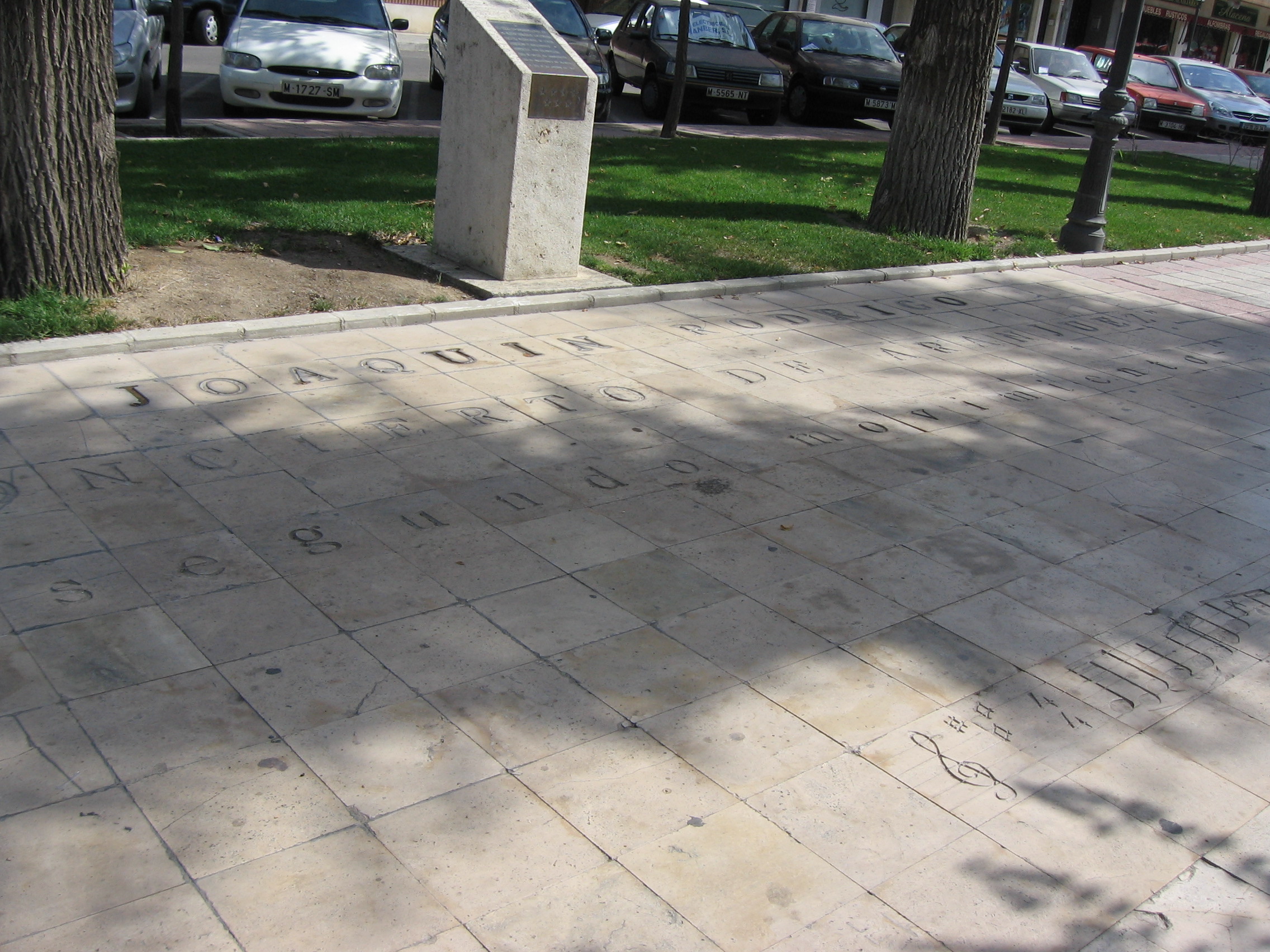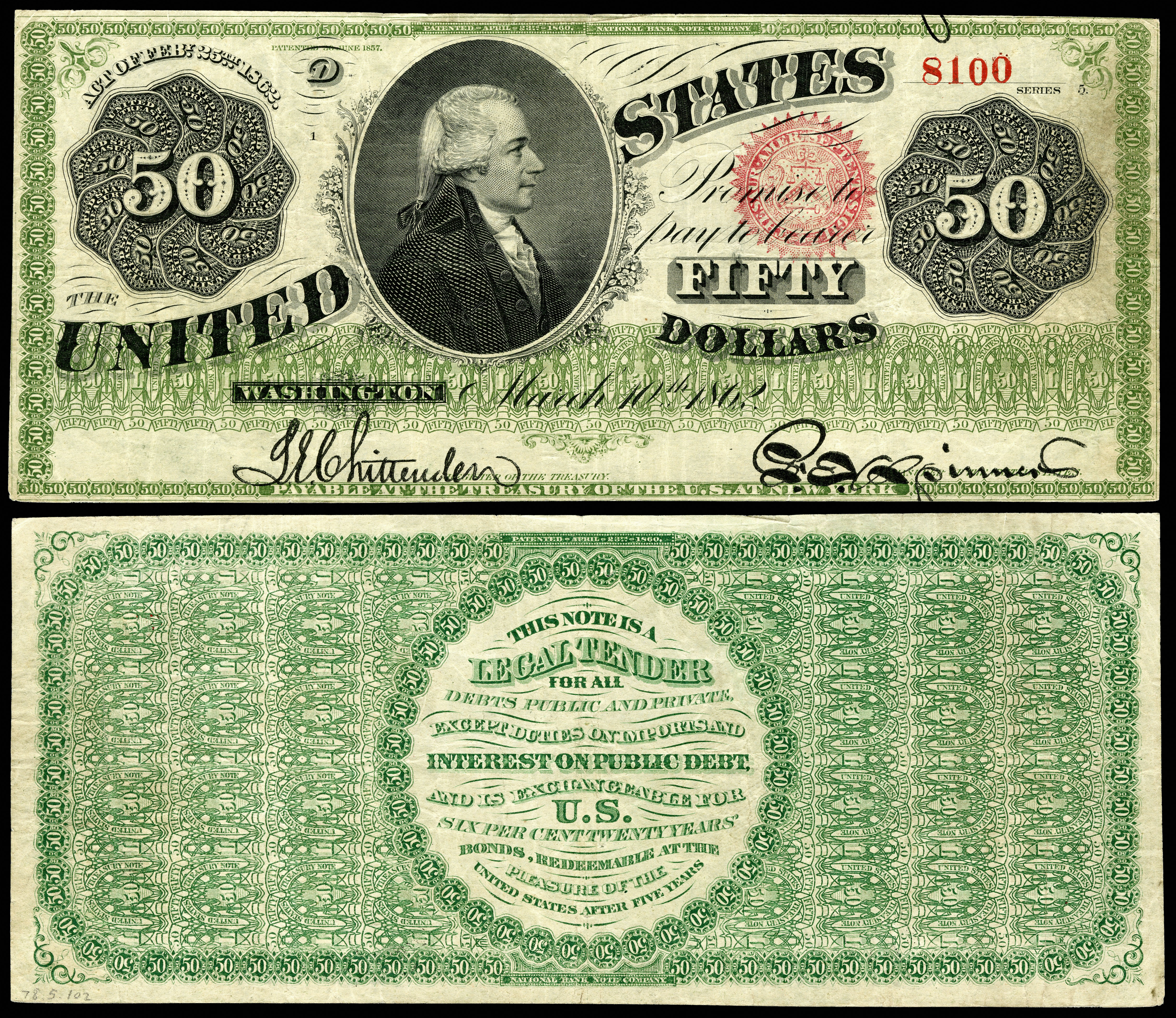|
White Rabbit (song)
"White Rabbit" is a song written by Grace Slick and recorded by the American rock band Jefferson Airplane for their 1967 album ''Surrealistic Pillow''. It draws on imagery from Lewis Carroll's 1865 book ''Alice's Adventures in Wonderland'' and its 1871 sequel ''Through the Looking-Glass''. It was released as a single and became the band's second top-10 success, peaking at number eight on the ''Billboard'' Hot 100. The song was ranked number 478 on ''Rolling Stone'''s list of the 500 Greatest Songs of All Time in 2004, number 483 in 2010, and number 455 in 2021 and appears on The Rock and Roll Hall of Fame's 500 Songs that Shaped Rock and Roll. History "White Rabbit" was written and performed by Grace Slick while she was still with The Great Society. Slick quit them and joined Jefferson Airplane to replace their departing female singer, Signe Toly Anderson, who left the band with the birth of her child. The first album Slick recorded with Jefferson Airplane was ''Surrealisti ... [...More Info...] [...Related Items...] OR: [Wikipedia] [Google] [Baidu] |
Jefferson Airplane
Jefferson Airplane was an American rock band based in San Francisco, California, that became one of the pioneering bands of psychedelic rock. Formed in 1965, the group defined the San Francisco Sound and was the first from the Bay Area to achieve international commercial success. They headlined the Monterey Pop Festival (1967), Woodstock (1969), Altamont Free Concert (1969), and the first Isle of Wight Festival (1968) in England. Their 1967 breakout album ''Surrealistic Pillow'' was one of the most significant recordings of the Summer of Love. Two songs from that album, " Somebody to Love" and " White Rabbit", are among ''Rolling Stone''s "500 Greatest Songs of All Time". The October 1966 to February 1970 lineup of Jefferson Airplane, consisting of Marty Balin (vocals), Paul Kantner (guitar, vocals), Grace Slick (vocals), Jorma Kaukonen (lead guitar, vocals), Jack Casady (bass), and Spencer Dryden (drums), was inducted into the Rock and Roll Hall of Fame in 1996. Bali ... [...More Info...] [...Related Items...] OR: [Wikipedia] [Google] [Baidu] |
The Rock And Roll Hall Of Fame's 500 Songs That Shaped Rock And Roll
The Rock and Roll Hall of Fame (RRHOF), sometimes simply referred to as the Rock Hall, is a museum and hall of fame located in downtown Cleveland, Ohio, United States, on the shore of Lake Erie. The museum documents the history of rock music and the artists, producers, engineers, and other notable figures who have influenced its development. The Rock and Roll Hall of Fame Foundation was established on April 20, 1983, by Ahmet Ertegun, founder and chairman of Atlantic Records. After a long search for the right city, Cleveland was chosen in 1986 as the Hall of Fame's permanent home. Architect I. M. Pei designed the new museum, and it was dedicated on September 1, 1995. Rock and Roll Hall of Fame Foundation The RRHOF Foundation was established in 1983 by Ahmet Ertegun, who assembled a team that included ''Rolling Stone'' publisher Jann S. Wenner, record executives Seymour Stein, Bob Krasnow, and Noreen Woods, and attorneys Allen Grubman and Suzan Evans. The Foundation began in ... [...More Info...] [...Related Items...] OR: [Wikipedia] [Google] [Baidu] |
White Rabbit
The White Rabbit is a fictional and anthropomorphic character in Lewis Carroll's 1865 book ''Alice's Adventures in Wonderland''. He appears at the very beginning of the book, in chapter one, wearing a waistcoat, and muttering "Oh dear! Oh dear! I shall be too late!" Alice follows him down the rabbit hole into Wonderland. Alice encounters him again when he mistakes her for his housemaid Mary Ann and she becomes trapped in his house after growing too large. The Rabbit shows up again in the last few chapters, as a herald-like servant of the King and Queen of Hearts. Personality In his article "Alice on the Stage", Carroll wrote, "And the White Rabbit, what of him? Was ''he'' framed on the 'Alice' lines, ''or'' meant as a contrast? As a contrast, distinctly. For ''her'' 'youth', 'audacity', 'vigour', and 'swift directness of purpose', read 'elderly', 'timid', 'feeble', and 'nervously shilly-shallying', and you will get something of what I meant him to be. I think the White Rabbit ... [...More Info...] [...Related Items...] OR: [Wikipedia] [Google] [Baidu] |
Alice (Alice's Adventures In Wonderland)
Alice is a fictional character and the main protagonist of Lewis Carroll's children's novel ''Alice's Adventures in Wonderland'' (1865) and its sequel, '' Through the Looking-Glass'' (1871). A child in the mid- Victorian era, Alice unintentionally goes on an underground adventure after accidentally falling down a rabbit hole into Wonderland; in the sequel, she steps through a mirror into an alternative world. The character originated in stories told by Carroll to entertain the Liddell sisters while rowing on the Isis with his friend Robinson Duckworth, and on subsequent rowing trips. Although she shares her given name with Alice Liddell, scholars disagree about the extent to which she was based upon Liddell. Characterized by Carroll as "loving and gentle", "courteous to all", "trustful", and "wildly curious", Alice has been variously seen as clever, well-mannered, and sceptical of authority, although some commentators find more negative aspects of her personality. Her ap ... [...More Info...] [...Related Items...] OR: [Wikipedia] [Google] [Baidu] |
Prince Charming
Prince Charming is a fairy tale stock character who comes to the rescue of a damsel in distress and must engage in a quest to liberate her from an evil spell. This classification suits most heroes of a number of traditional folk tales, including "Snow White", " Sleeping Beauty", and "Cinderella", even if in the original story they were given another name, or no name at all. Often handsome and romantic, these characters are essentially interchangeable, serving as a foil to the heroine; in many variants, they can be viewed as a metaphor for a reward the heroine achieves for the decisions she makes. The prominence of the character type makes him an obvious target for revisionist fairy tales. "Prince Charming" is also used as a term to refer to the idealized man some people dream of as a future spouse. History of term Charles Perrault's version of '' Sleeping Beauty'', published in 1697, includes the following text at the point where the princess wakes up: "'Est-ce vous, mon ... [...More Info...] [...Related Items...] OR: [Wikipedia] [Google] [Baidu] |
Concierto De Aranjuez
The ''Concierto de Aranjuez'' (, "Aranjuez Concerto") is a classical guitar concerto by the Spanish composer Joaquín Rodrigo. Written in 1939, it is by far Rodrigo's best-known work, and its success established his reputation as one of the most significant Spanish composers of the 20th century. Inspiration and history The ''Concierto de Aranjuez'' was inspired by the gardens at the Royal Palace of Aranjuez, the spring resort palace and gardens built by Philip II in the last half of the 16th century and rebuilt in the middle of the 18th century by Ferdinand VI. The work attempts to transport the listener to another place and time through the evocation of the sounds of nature. According to the composer, the first movement is "animated by a rhythmic spirit and vigour without either of the two themes... interrupting its relentless pace"; the second movement "represents a dialogue between classical guitar and solo instruments (cor anglais, bassoon, oboe, horn etc.)"; and t ... [...More Info...] [...Related Items...] OR: [Wikipedia] [Google] [Baidu] |
Sketches Of Spain
''Sketches of Spain'' is an album by Miles Davis, recorded between November 1959 and March 1960 at the Columbia 30th Street Studio in New York City. An extended version of the second movement of Joaquín Rodrigo's ''Concierto de Aranjuez'' (1939) is included, as well as a piece called "Will o' the Wisp", from Manuel de Falla's ballet ''El amor brujo'' (1914–1915). ''Sketches of Spain'' is regarded as an exemplary recording of Third Stream, a musical fusion of jazz, European classical, and styles from world music. Background Davis' wife Frances Davis insisted he accompany her to a performance by flamenco dancer Roberto Iglesias. Inspired by the performance, Davis bought every flamenco album he could get at Colony Records shop in New York City. The album pairs Davis with arranger and composer Gil Evans, with whom he had collaborated on several other projects, on a program of compositions largely derived from the Spanish folk tradition. Evans explained: ehadn't intended to ... [...More Info...] [...Related Items...] OR: [Wikipedia] [Google] [Baidu] |
Miles Davis
Miles Dewey Davis III (May 26, 1926September 28, 1991) was an American trumpeter, bandleader, and composer. He is among the most influential and acclaimed figures in the history of jazz and 20th-century music. Davis adopted a variety of musical directions in a five-decade career that kept him at the forefront of many major stylistic developments in jazz. Born in Alton, Illinois, and raised in East St. Louis, Davis left to study at Juilliard in New York City, before dropping out and making his professional debut as a member of saxophonist Charlie Parker's bebop quintet from 1944 to 1948. Shortly after, he recorded the '' Birth of the Cool'' sessions for Capitol Records, which were instrumental to the development of cool jazz. In the early 1950s, Davis recorded some of the earliest hard bop music while on Prestige Records but did so haphazardly due to a heroin addiction. After a widely acclaimed comeback performance at the Newport Jazz Festival, he signed a long-term co ... [...More Info...] [...Related Items...] OR: [Wikipedia] [Google] [Baidu] |
Major Chord
In music theory, a major chord is a chord that has a root, a major third, and a perfect fifth. When a chord comprises only these three notes, it is called a major triad. For example, the major triad built on C, called a C major triad, has pitches C–E–G: In harmonic analysis and on lead sheets, a C major chord can be notated as C, CM, CΔ, or Cmaj. A major triad is represented by the integer notation . A major triad can also be described by its intervals: the interval between the bottom and middle notes is a major third, and the interval between the middle and top notes is a minor third. By contrast, a minor triad has a minor third interval on the bottom and major third interval on top. They both contain fifths, because a major third (four semitones) plus a minor third (three semitones) equals a perfect fifth (seven semitones). Chords that are constructed of consecutive (or "stacked") thirds are called '' tertian.'' In Western classical music from 1600 to 1820 and ... [...More Info...] [...Related Items...] OR: [Wikipedia] [Google] [Baidu] |
US$50
The United States fifty-dollar bill ($50) is a denomination of United States currency. The 18th U.S. president (1869-1877), Ulysses S. Grant, is featured on the obverse, while the U.S. Capitol is featured on the reverse. All current-issue $50 bills are Federal Reserve Notes. As of December 2018, the average life of a $50 bill in circulation is 12.2 years before it is replaced due to wear. Approximately 3.5% of all notes printed in 2019 were $50 bills. They are delivered by Federal Reserve Banks in beige straps. Next to the United States two-dollar bill, the fifty-dollar bill has the lowest circulation of any U.S. denomination measured by volume, with 1.8 billion notes in circulation as of December 31, 2019. History Large size notes ''( 7.4218 × 3.125 in ≅ 189 × 79 mm)'' *1861: Three-year $50 Interest Bearing Notes were issued that paid a cent of interest per day, and thus 7.3% annually — the so-called seven-thirties. These notes were not primarily design ... [...More Info...] [...Related Items...] OR: [Wikipedia] [Google] [Baidu] |
White Rabbit
The White Rabbit is a fictional and anthropomorphic character in Lewis Carroll's 1865 book ''Alice's Adventures in Wonderland''. He appears at the very beginning of the book, in chapter one, wearing a waistcoat, and muttering "Oh dear! Oh dear! I shall be too late!" Alice follows him down the rabbit hole into Wonderland. Alice encounters him again when he mistakes her for his housemaid Mary Ann and she becomes trapped in his house after growing too large. The Rabbit shows up again in the last few chapters, as a herald-like servant of the King and Queen of Hearts. Personality In his article "Alice on the Stage", Carroll wrote, "And the White Rabbit, what of him? Was ''he'' framed on the 'Alice' lines, ''or'' meant as a contrast? As a contrast, distinctly. For ''her'' 'youth', 'audacity', 'vigour', and 'swift directness of purpose', read 'elderly', 'timid', 'feeble', and 'nervously shilly-shallying', and you will get something of what I meant him to be. I think the White Rabbit ... [...More Info...] [...Related Items...] OR: [Wikipedia] [Google] [Baidu] |
Billboard
A billboard (also called a hoarding in the UK and many other parts of the world) is a large outdoor advertising structure (a billing board), typically found in high-traffic areas such as alongside busy roads. Billboards present large advertisements to passing pedestrians and drivers. Typically brands use billboards to build their brands or to push for their new products. The largest ordinary-sized billboards are located primarily on major highways, expressways or principal arterials, and command high-density consumer exposure (mostly to vehicular traffic). These afford greatest visibility due not only to their size, but because they allow creative "customizing" through extensions and embellishments. Posters are the other common form of billboard advertising, located mostly along primary and secondary arterial roads. Posters are a smaller format and are viewed principally by residents and commuter traffic, with some pedestrian exposure. Advertising style Billboard advertiseme ... [...More Info...] [...Related Items...] OR: [Wikipedia] [Google] [Baidu] |







.png)

.jpg)